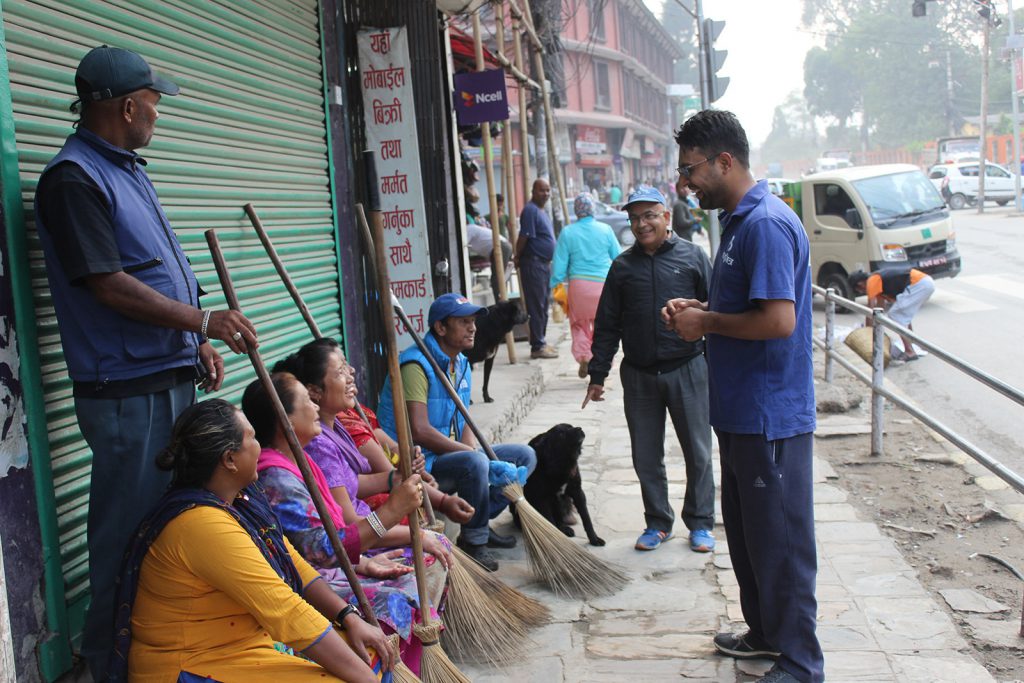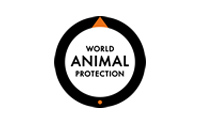
In 2016, the Kathmandu Metropolitan City authority partnered with HSI and a local organisation, the Jane Goodall Institute Nepal, to launch ‘Manu Mitra’ (Nepalese for “friend of human”); see case study X for the community engagement approach employed by this dog population management initiative.
Multiple methods were used to explore the dynamics of the dog population in the city and to establish baselines for subsequent monitoring of indicators. This included a street survey of Kathmandu’s roaming dog population to establish density and health. At first light, teams (consisting of a driver and observer) drove on motorbikes slowly along eight routes covering the city, recording the sex, age, reproductive status and health of dogs seen. This gave baseline estimates an average density of 14.2 adult roaming dogs per km of street surveyed, of which 33.1% were female. On average 18.7% of adult females were spayed and 8.9% were lactating, while 4% of males were castrated. Roaming dog welfare appeared relatively good, with 1.3% thin or emaciated dogs and 6.9% of dogs with visible skin problems. The surveys have subsequently been repeated every six months to monitor change in the roaming dog population.
Two routes were selected for interviewing every 20th household using questionnaire to assess dog-related knowledge, attitudes and practice among Kathmandu’s residents.
Data from the 420 interviews conducted revealed a very large and generally healthy owned dog population; 27.9% of households owned dogs, with an average of 1.16 dogs per household, yielding an estimate of 82,299 owned dogs, of which 43,619 (53%) were always allowed to roam freely on the streets. Of these owned roaming dogs, 73% of females and 88% of males were not sterilised. These owned dogs had relatively long lifespans (36.9% of the population was over 7 years old), and few visible health problems (10.5% were thin, none were judged to be emaciated, 10.5% had visible skin problems and 6.9% had visible injuries).












